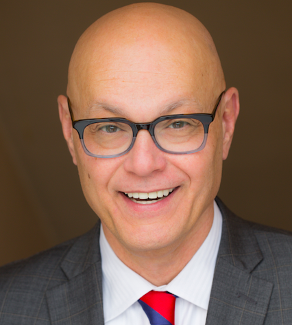“Your Right to Know” is available for publication at no cost.
Since 1979, the Wisconsin Supreme Court has allowed cameras and microphones in state courtrooms, subject to reasonable restrictions.
Thirty years ago, Milwaukee serial killer Jeffrey Dahmer’s sanity trial was broadcast live. In 2006, former Green Bay Packers tight end Mark Chmura’s sexual assault and child enticement trial was broadcast live. This past November, Kyle Rittenhouse’s trial was broadcast live.

In all these cases, and others, judges in Wisconsin have upheld the public’s right to know by allowing cameras in the courts.
Now, another high-profile murder trial just finished in Madison. But unless you’re one of the very few people who had the time and could find a seat in the Dane County courtroom, you weren’t able to see or hear any of it.
Circuit Court Judge Ellen Berz decided to prohibit any live or recorded broadcast coverage in the trial of Khari Sanford, accused (and ultimately convicted) of killing his then-girlfriend’s parents. Only still photography was allowed.
In Sanford’s final pre-trial hearing in April, Judge Berz decreed that news outlets were not allowed to broadcast more than one ten-second clip of video or audio, and had to destroy all other recorded video and audio within 24 hours.
In the weeks between Sanford’s pre-trial hearing and the start of his trial, a coalition of groups and media outlets including the Radio Television Digital News Association, the Wisconsin Broadcasters Association, the Wisconsin Freedom of Information Council, and a number of Madison TV stations petitioned the judge for video and audio during the trial, and requested a hearing on the matter.
Berz denied the hearing. She also issued a scathing order banishing video cameras and live audio from the courtroom altogether. The coalition’s attorneys then wrote a respectful letter to Berz’ supervisor, Thomas Vale, the chief judge of Wisconsin’s Fifth Judicial District, asking him to direct Berz to reconsider.
He refused.
Now it is doubtful whether video and live audio will be allowed for Sanford’s upcoming sentencing hearing.
This whole case is bad, and not just for the TV stations, radio stations, and other news outlets that wanted to share video and audio from the trial. It’s bad for members of the public, who have been deprived of their right to see how the murder trial was conducted.
Nationally, several recent high-profile murder trials have been broadcast and streamed without any detrimental impact, including the trials of former police officers Kimberly Potter and Derek Chauvin in Minnesota. District Court Judge Peter Cahill, who presided over the Chauvin trial, wrote afterward that the experience convinced him that cameras in the courtroom “can be helpful in promoting trust and confidence in the judicial process and are sometimes necessary to safeguard both the defendant’s right to a public trial and the public’s right of access to criminal trials.”
While Berz’ draconian order in Sanford does not set a legally binding precedent, it sends a strong message to other judges in Wisconsin: forget what the state supreme court said in 1979; if you don’t want cameras, keep them out of your courtroom.
Judges in Wisconsin should weigh Cahill’s point of view over that of Berz — cameras in the courtroom can indeed be helpful in promoting trust and confidence in the judicial process.
Your Right to Know is a monthly column distributed by the Wisconsin Freedom of Information Council (wisfoic.org), a group dedicated to open government. Dan Shelley is executive director and chief operating officer of the Radio Television Digital News Association.


